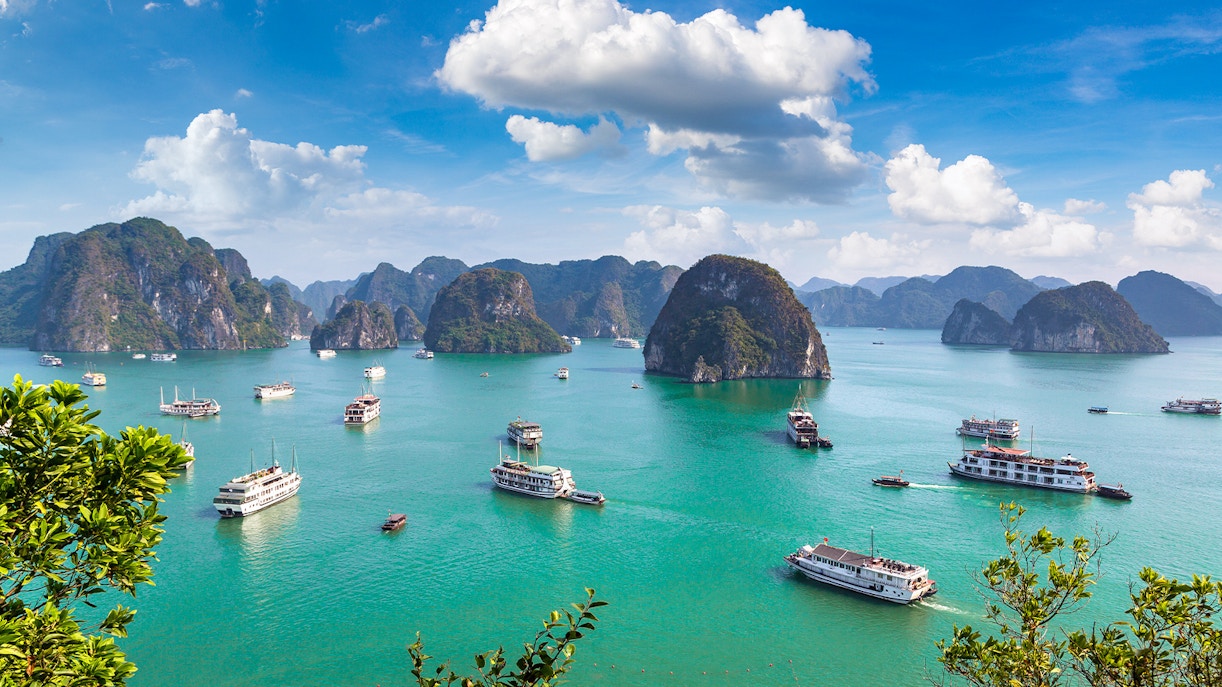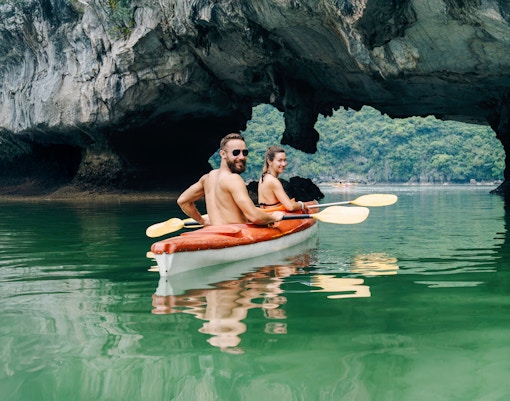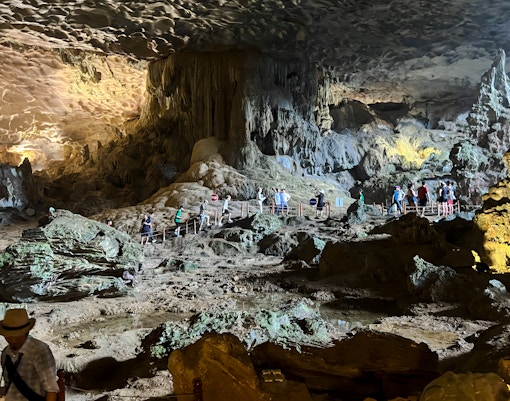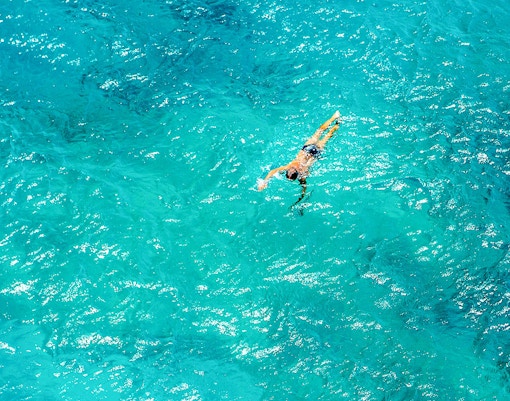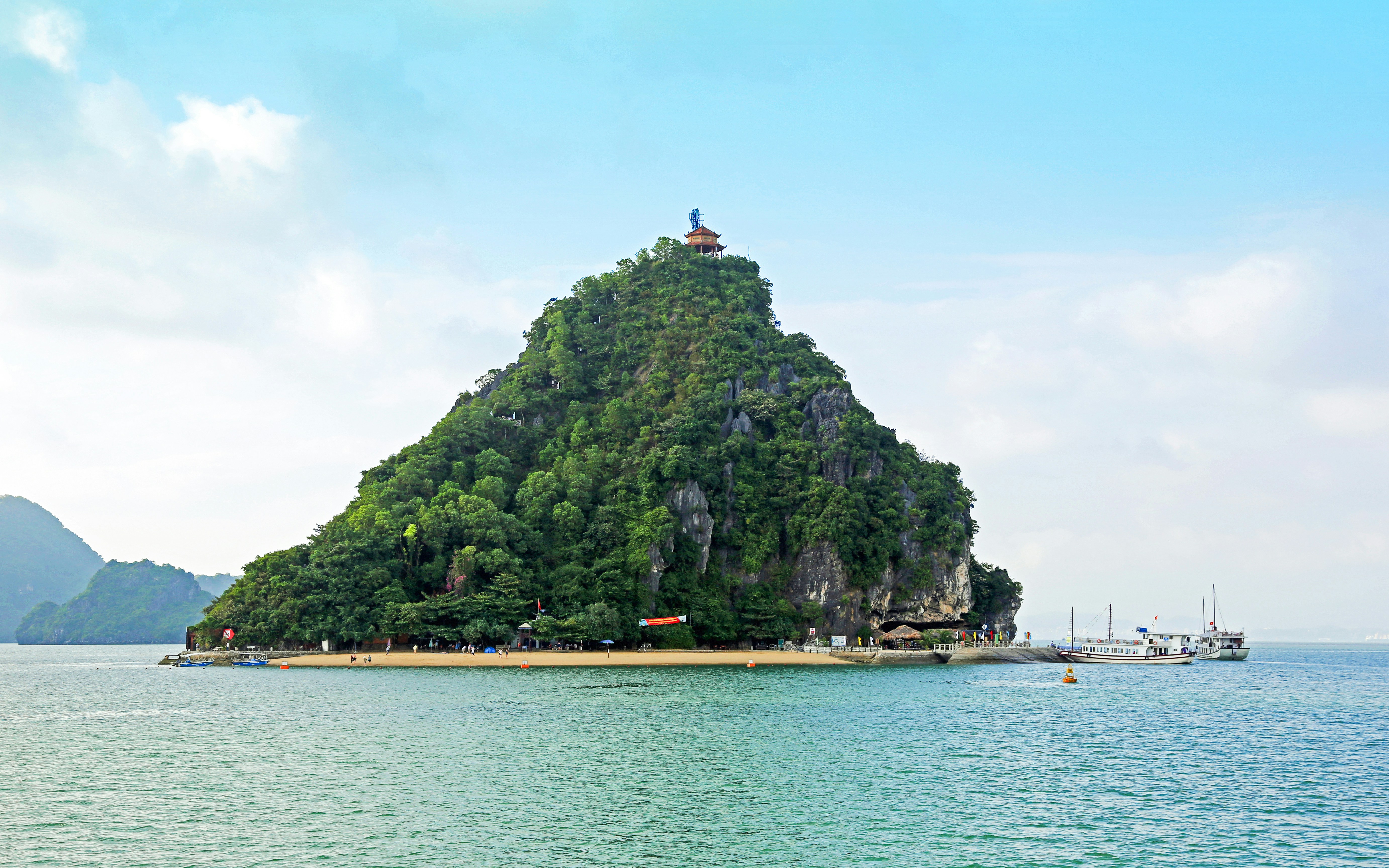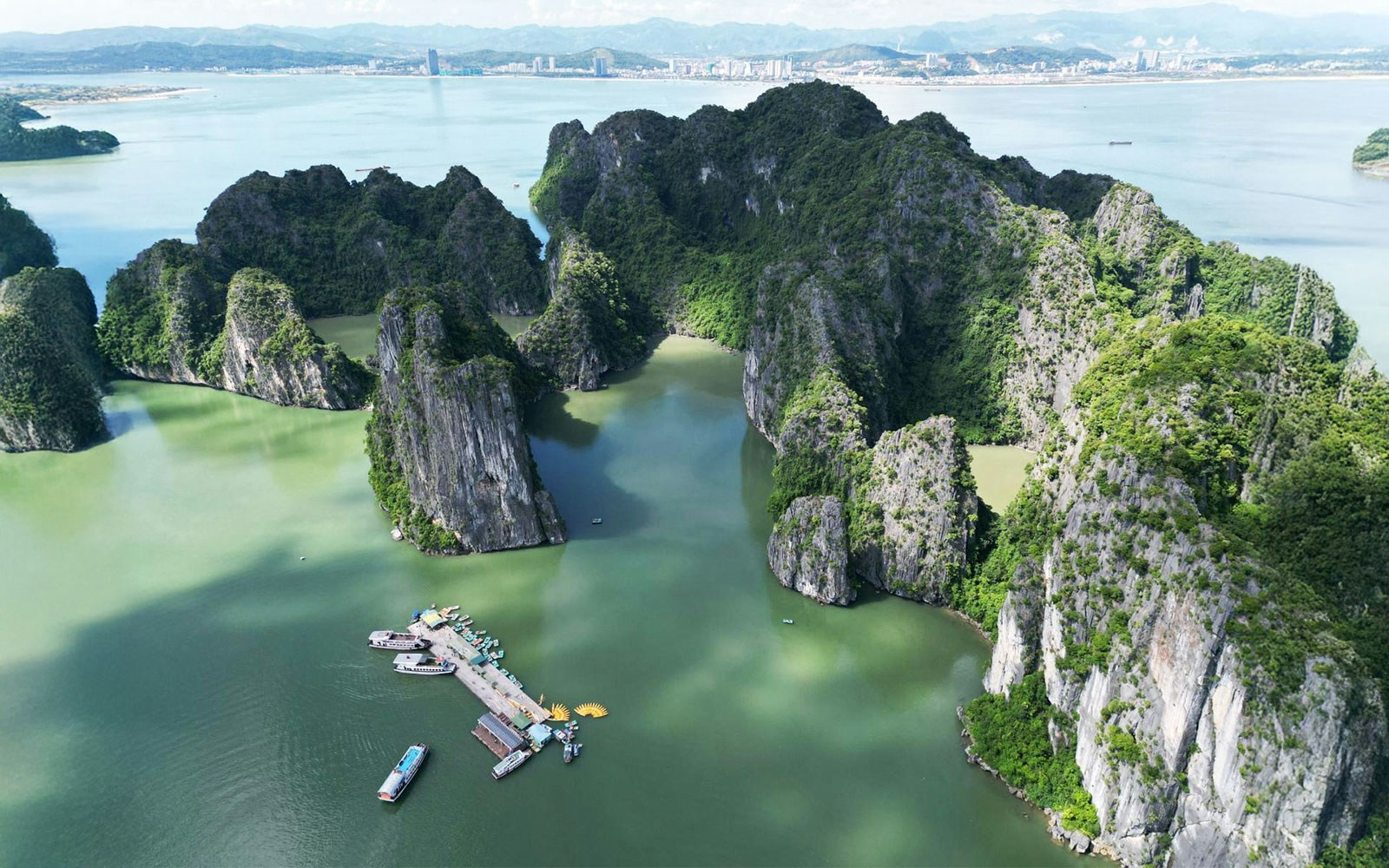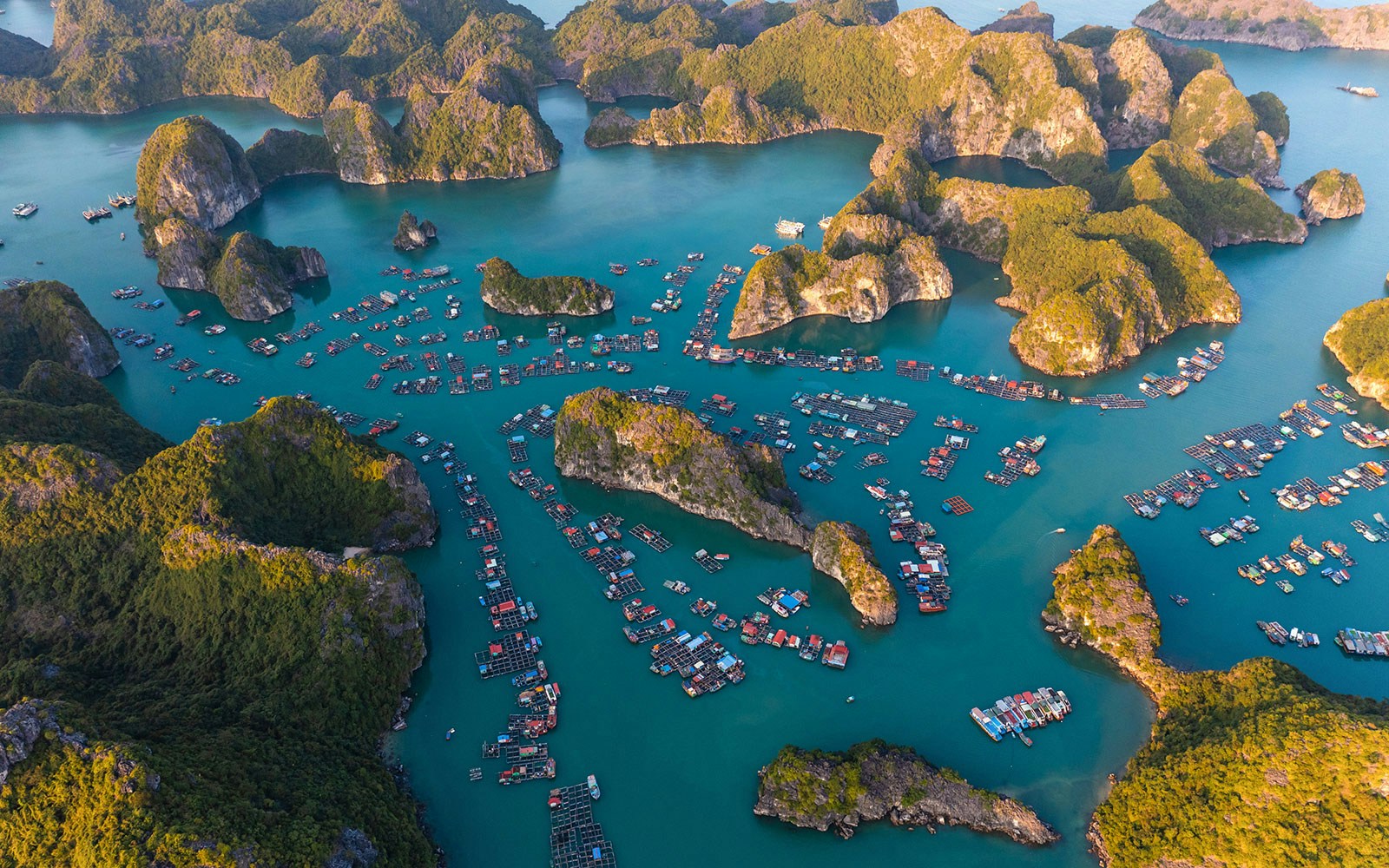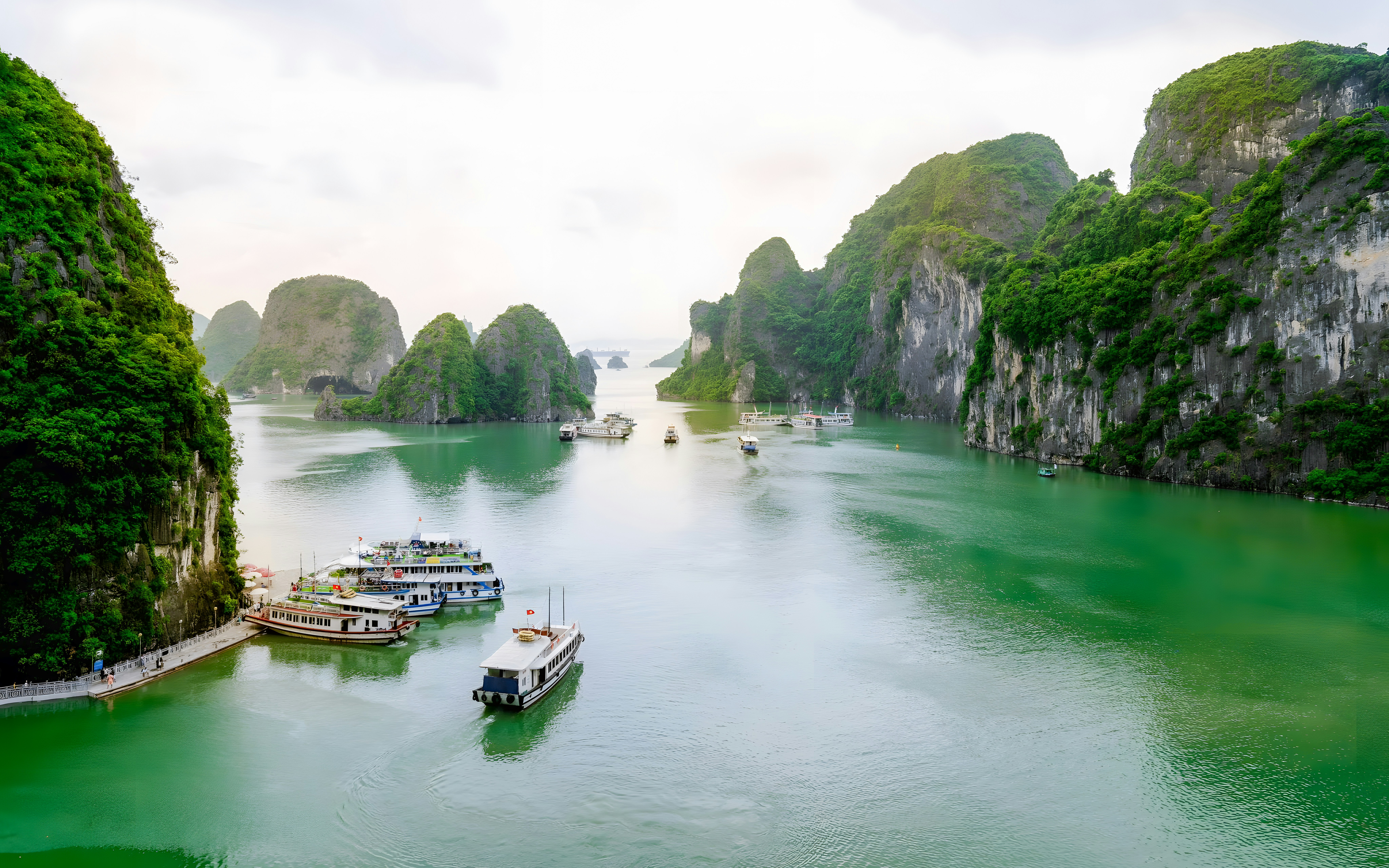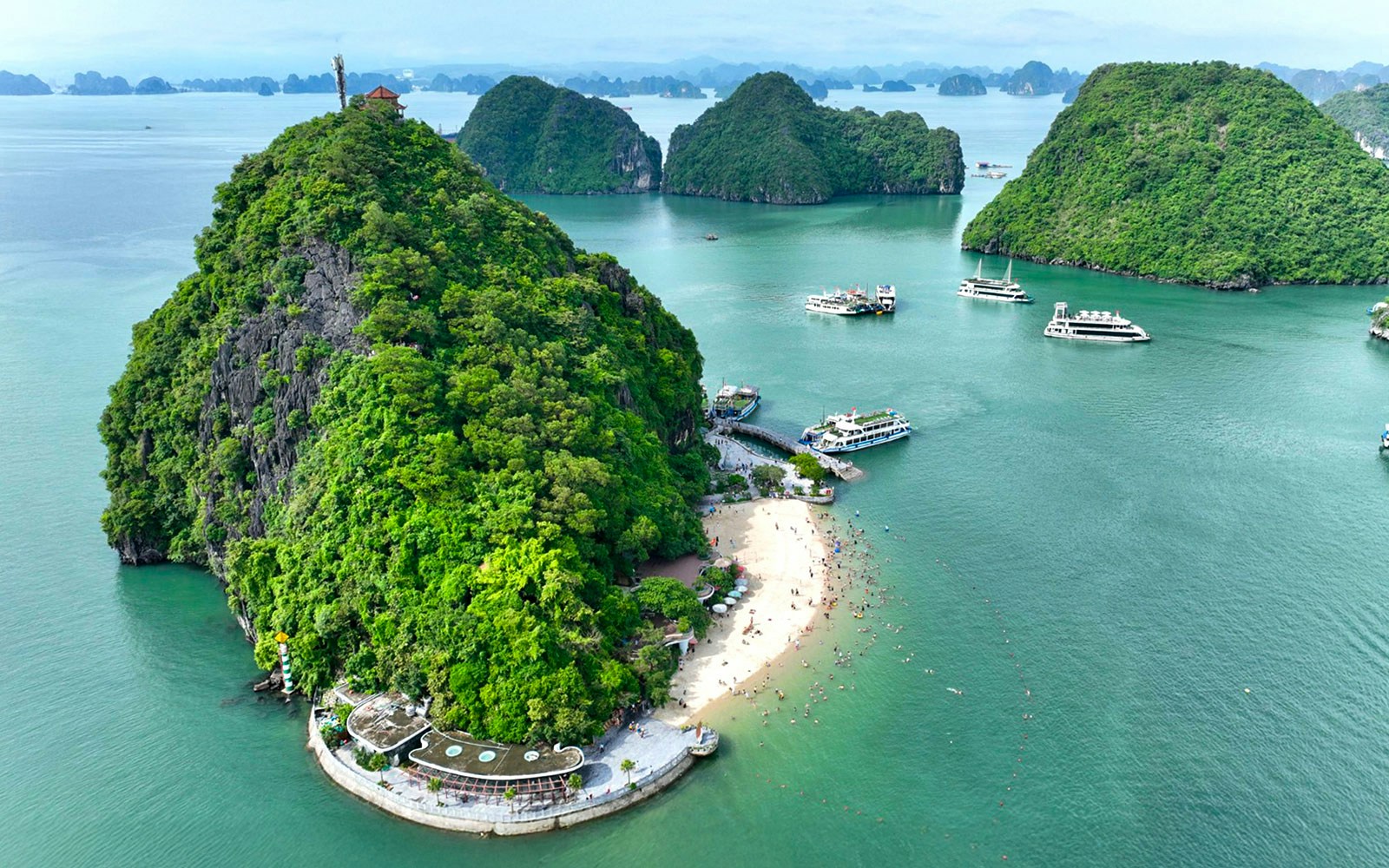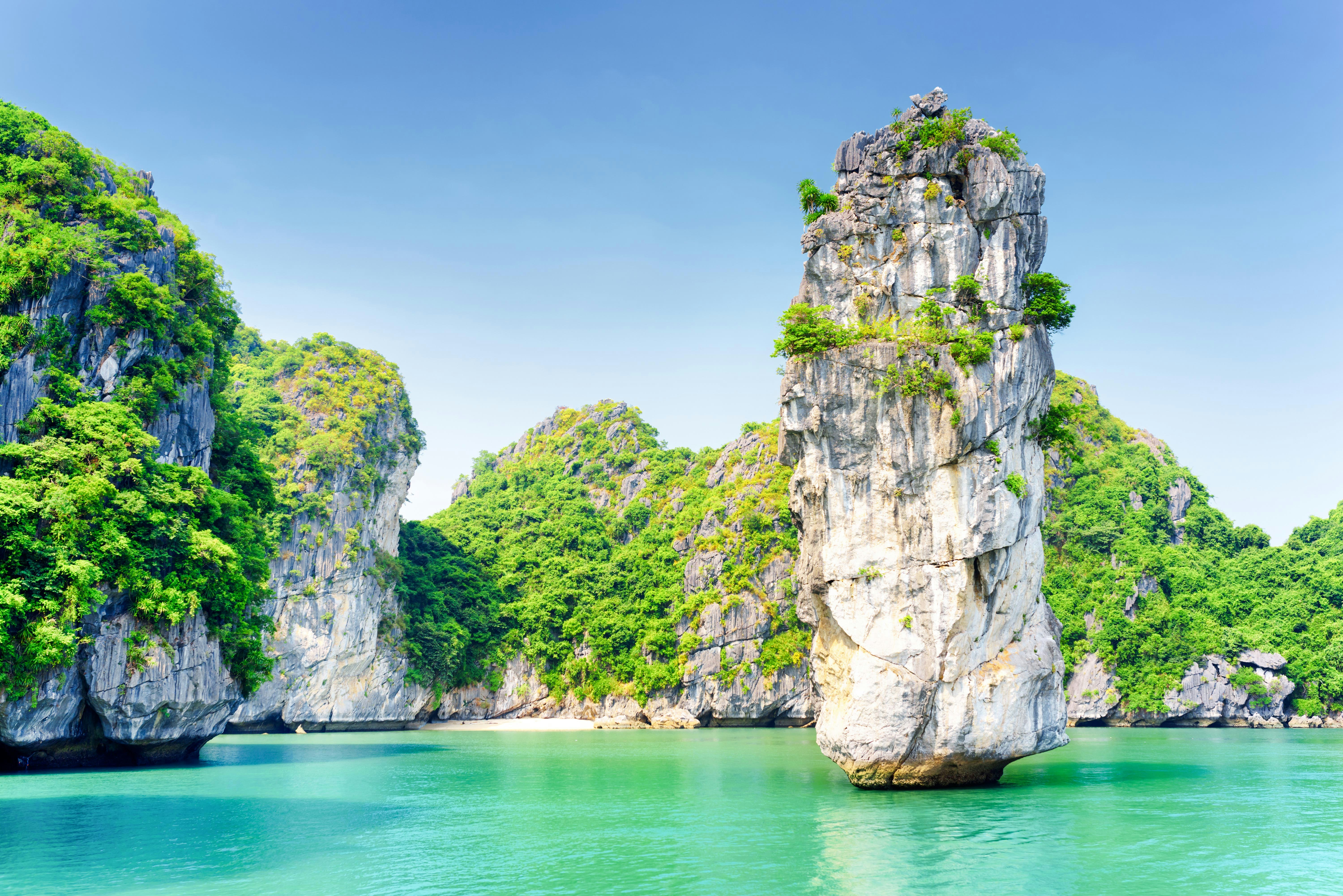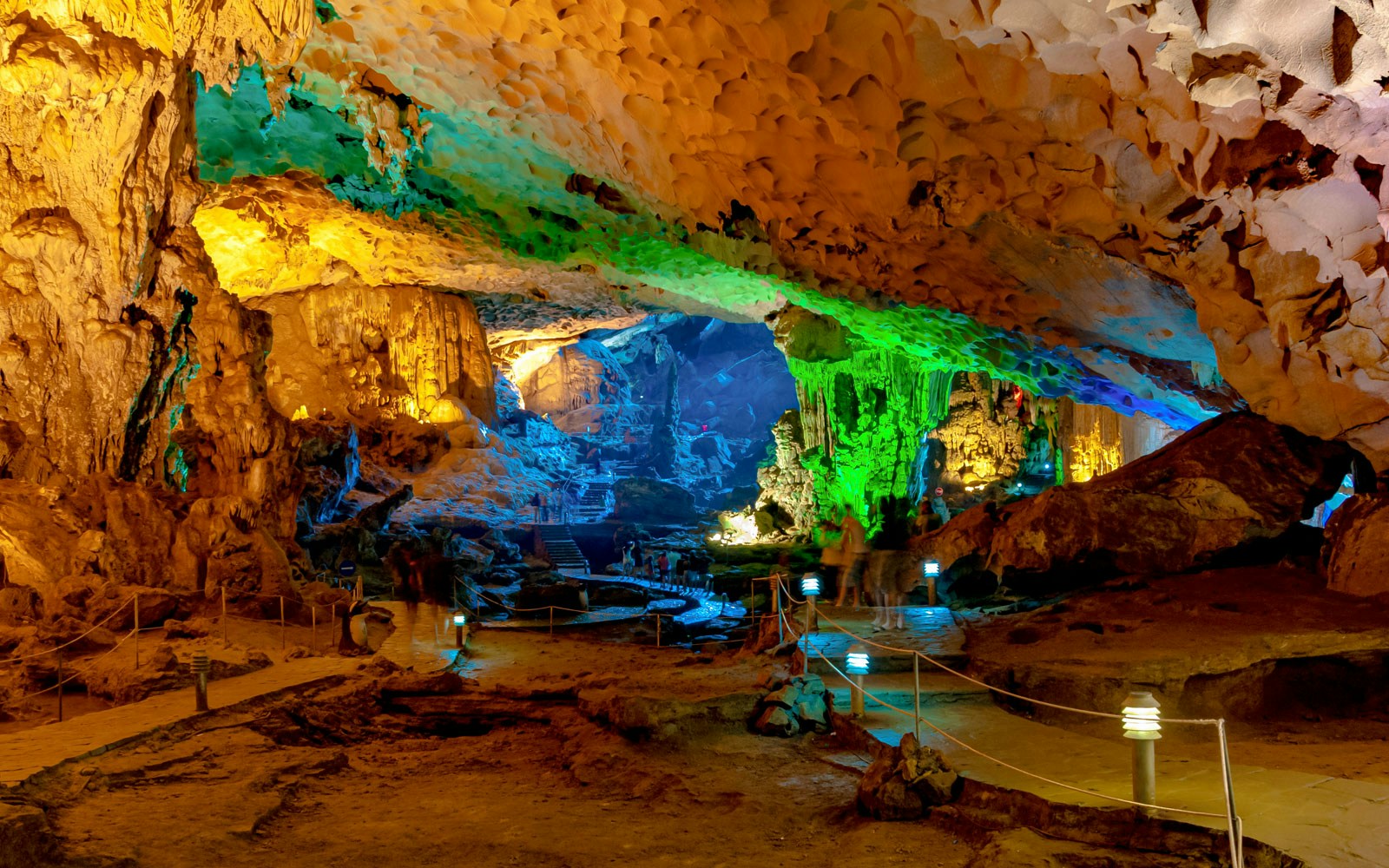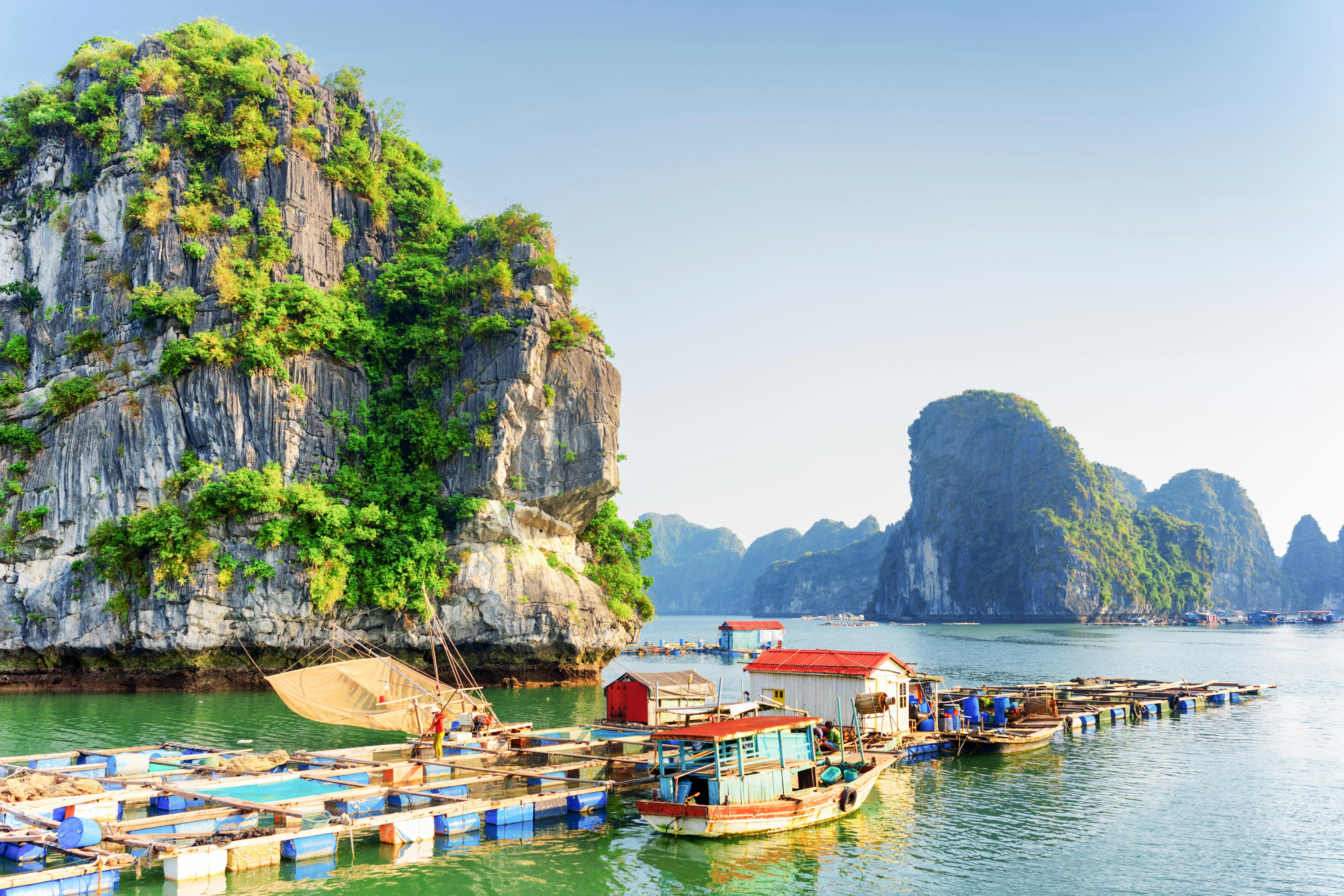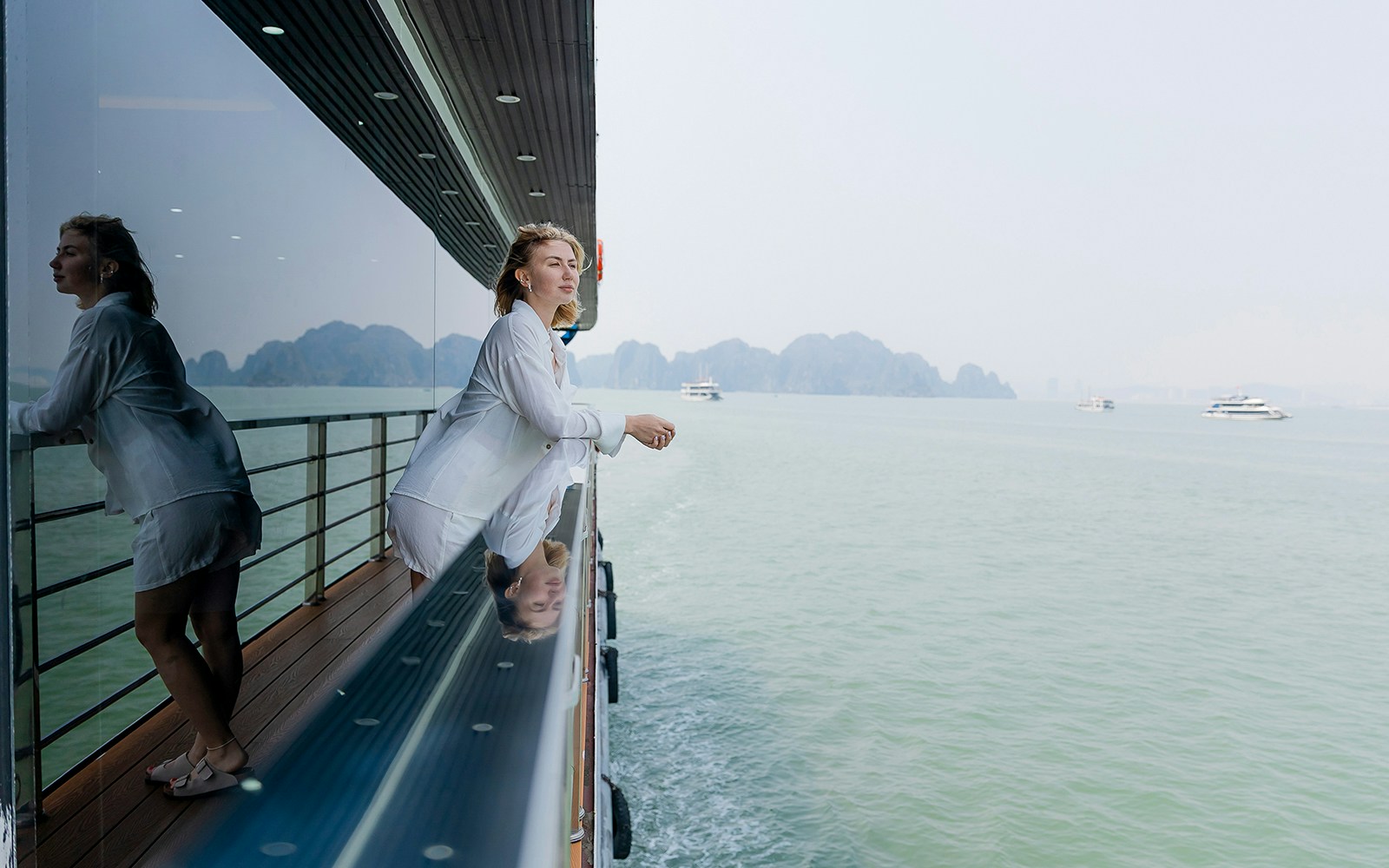- Official name: Vịnh Hạ Long
- Location: Quảng Ninh Province, northern Vietnam
- Size: Approximately 1,553 sq km (600 sq miles)
- Number of islands: Nearly 2,000 limestone islets
- UNESCO status: World Heritage Site since 1994
- Meaning: “Descending Dragon Bay” in Vietnamese
- Native species: Cat Ba langur, horseshoe crab, needlefish, and cuttlefish
- Fun fact: Featured in films like Indochine, Pan, and Kong: Skull Island
Lesser-known facts about Ha Long Bay
